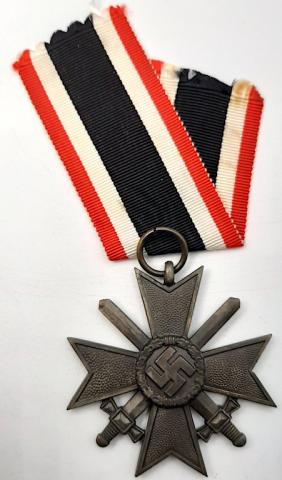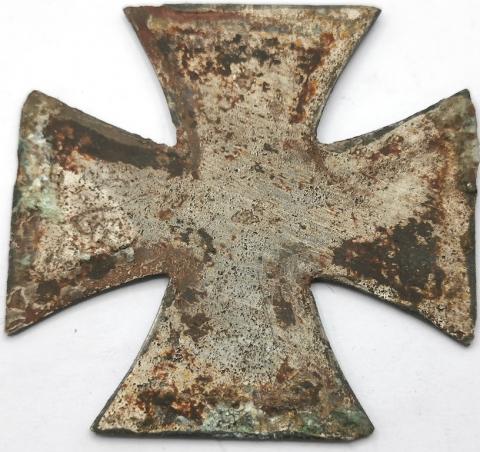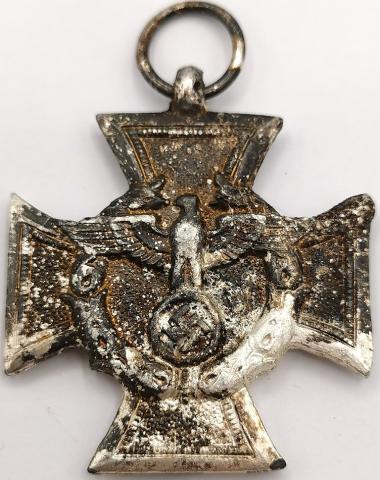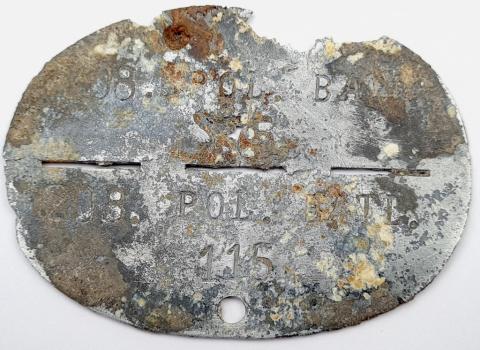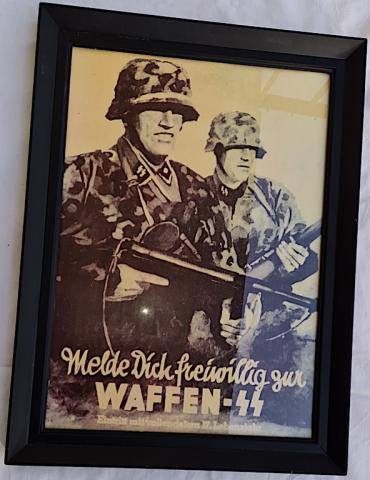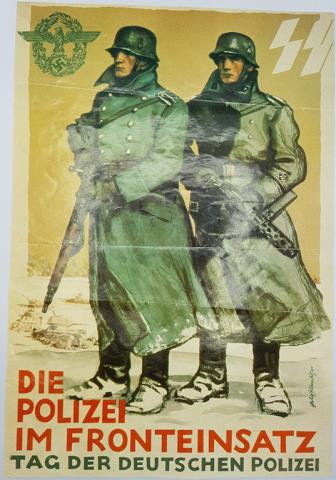WW2 GERMAN NAZI MERIT CROSS WITH SWORDS MEDAL AWARD
WW2 GERMAN NAZI MERIT CROSS WITH SWORDS MEDAL AWARD
Product
WW2 GERMAN NAZI MERIT CROSS WITH SWORDS MEDAL AWARD
The War Merit Cross (German: Kriegsverdienstkreuz) was a state decoration of Nazi Germany during World War II. By the end of the conflict it was issued in four degrees and had an equivalent civil award. A "de-Nazified" version of the War Merit Cross was reissued in 1957 by the Bundeswehr for its veterans.
This award was created by Adolf Hitler in October 1939 as a successor to the non-combatant Iron Cross which was used in earlier wars (similar medal but with a different ribbon). The award was graded in the same manner as the Iron Cross: War Merit Cross Second Class, War Merit Cross First Class, and Knights Cross of the War Merit Cross. The award had two variants: with swords given to soldiers for exceptional service "not in direct connection with combat", and without swords given to civilians for meritorious service in "furtherance of the war effort". Recipients had to have the lower grade of the award before getting the next level.
The wearing of Nazi era decorations was banned in Germany after the war, as was any display of the swastika. Veterans awarded the War Merit Cross were therefore unable to wear it, either in uniform or – publicly – on civilian dress. In 1957 the Federal Republic of Germany authorised alternative 'de-nazified' replacement versions of World War II period war decorations. These could be worn both on Bundeswehr uniform and in civilian dress. The new version of the War Merit Cross replaced the swastika on the obverse central disc of the cross with the date "1939" (as on the reverse disc of the original version), the reverse disc being blank. The wearing of Nazi era decorations in any form continued to be banned in the German Democratic Republic until German reunification in 1990.
